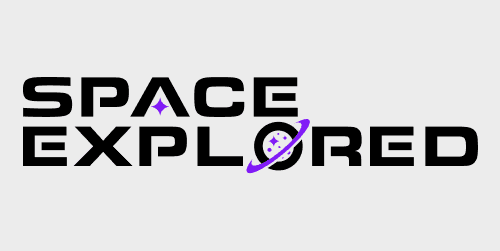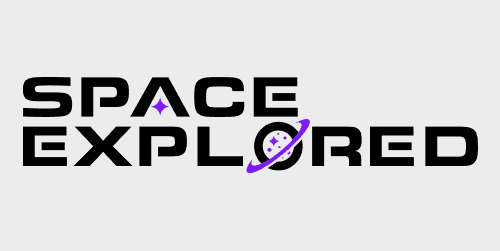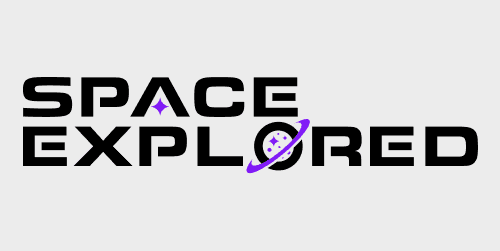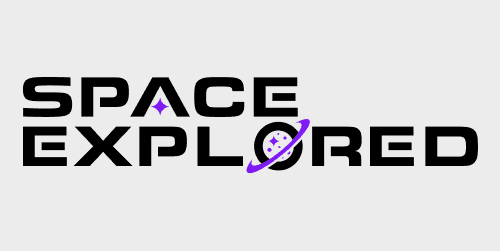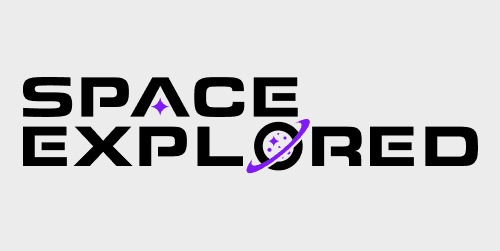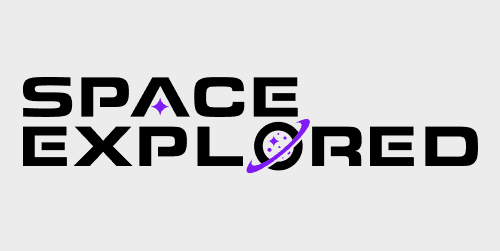Crew-3 safely returns to Earth shortly before another Starlink launch
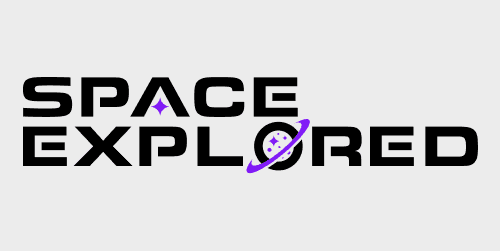
In the early morning on May 6, the Crew-3 astronauts splashed down in the Gulf of Mexico after a six month stay aboard the International Space Station. Then, just a few hours later, SpaceX launched yet another batch of Starlink satellites.
Expand Expanding Close